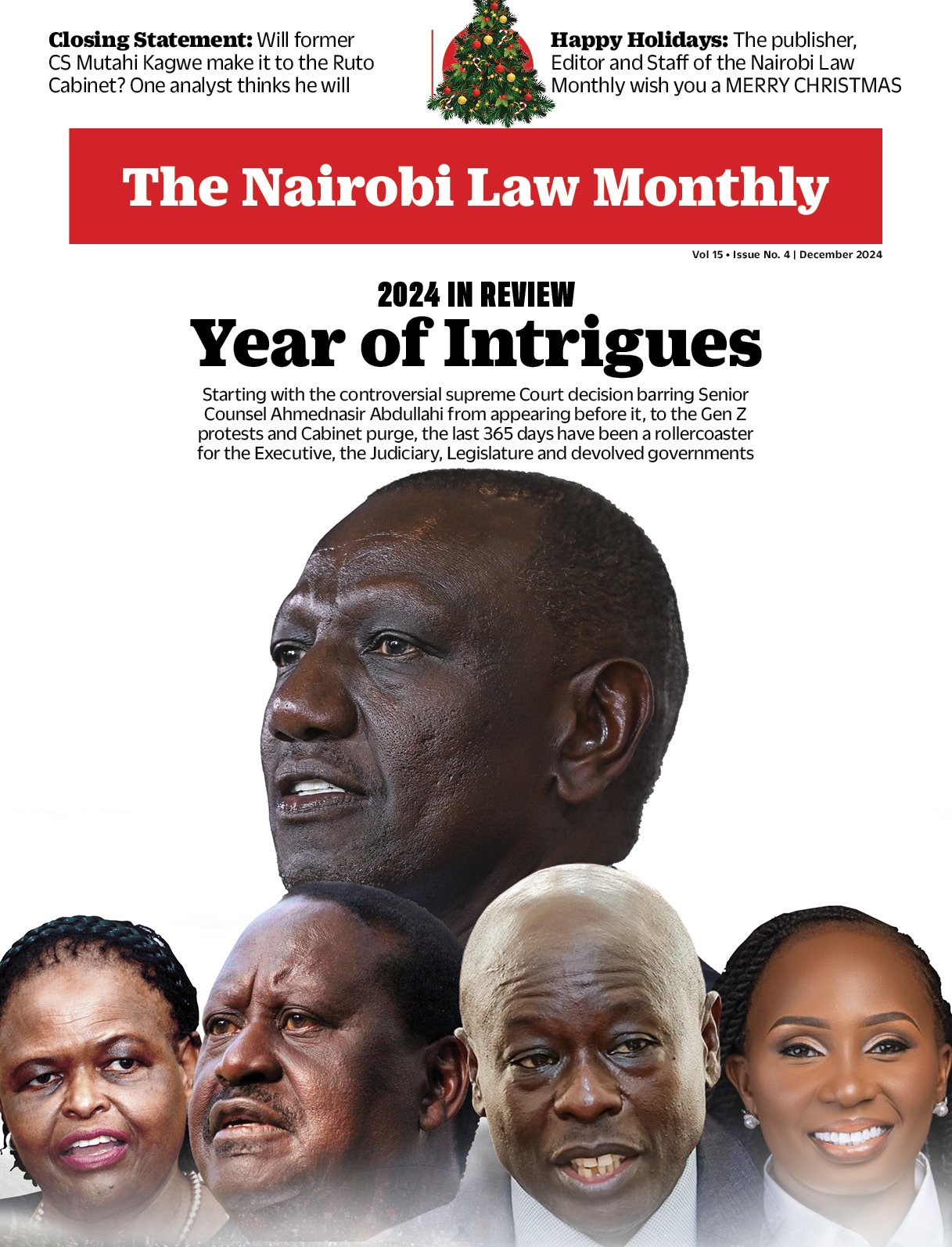Led by the Democratic Republic of Congo, the central African region is stirring economically and more effectively leveraging vast extractive resources to fuel economic growth, according to a report.
A momentous economic transformation is unfolding in the Central African region as countries harness their abundant raw material reservoirs to ignite economic growth.
In 2022, the region not only surpassed the Africa-wide average growth rate of 3.8% but also rebounded impressively, as highlighted in the “Central African Economic Outlook 2023” by the African Development Bank.
The report notes that the region achieved a real GDP growth of 5.0%, a significant improvement on the 3.4% it recorded in 2021, making it the fastest-growing region in Africa last year.
“The economic outlook for the Central Africa region is positive for 2023 and 2024,” explained Herve Lohoues, the bank’s lead regional economist for Central Africa.
“This performance is the result of the structural reforms implemented to support the non-extractive sectors, and the increase in external demand and the prices of the main products exported by the various countries in the region,” Lohoues added in a statement.
While other regions suffered extreme inflation rates, the central region’s inflation rate was the lowest, coming in at 6.7%, albeit an increase from 3.9% in 2021. North Africa recorded 8.2% in 2022, Southern Africa 12.6%, West Africa 17% and East Africa 28.9%.
Despite much of the continent’s public finances remaining in deficit, the situation improved in Central Africa with countries collectively recording the smallest budget deficit.
“The total budget balance, including donations, stood at -0.6% of GDP, a 0.4% improvement from 2021 deficits,” the report reads in part.
The vitality of the extractive industry and the revitalisation of the non-extractive sector in Democratic Republic of Congo (DRC) made the biggest contribution to growth.
Copper and cobalt production increased by 30.9% and 19.5% respectively, making mining a core driver of GDP growth for the region. A rise in ore prices in the international market also meant more economic value, while the region has also seen increasing volumes over the past few years.
The DRC has become the region’s growth engine, with individual GDP growth of 8.5% in 2022.
Beyond the DRC, the report also highlights an increase in public investment that has helped cushion individual countries in the region from the ravages of global economic dynamics.
This was complemented by favourable factors such as the global rise in oil and gas prices, which the region also produces. Nevertheless, the economic performance of Cameroon, the Republic of Congo, Equatorial Guinea, Gabon, Chad and the Central African Republic remained below the region’s economic performance average.
The region, just like the rest of the continent, is also vulnerable to the impacts of climate change, with more rapid adaptation and mitigation systems needed. Some US$128 billion will need to be spent between 2020 and 2030 to execute crucial adaptation and mitigation measures.
“This amounts to around US $11.6 billion per year up to 2030,” the authors of the report outlined.
Against these needs, the report recommends commitments by individual countries in the region to innovative funding mechanisms that will attract private sector financing. The region’s US$700 billion natural resources presents the most viable financing opportunity, especially for adaptation and mitigation.
Central Africa’s significant natural resources include the Congo Basin, the world’s second largest “ecological lung” after the Amazon rainforest.
Other threats to growth in the region include public debt, which, regionally reached 24.3% of GDP in 2022.
Countries such as Cameroon, Congo Republic and Chad are already listed as high risk countries with debt-to-GDP ratios as high as 109.7% (Congo).
Overall, however, the future looks promising for the region according to the bank, with expected average growth between 4.8% and 5.2% in the coming years, giving Central Africa the edge over recent continental leader, East Africa.



